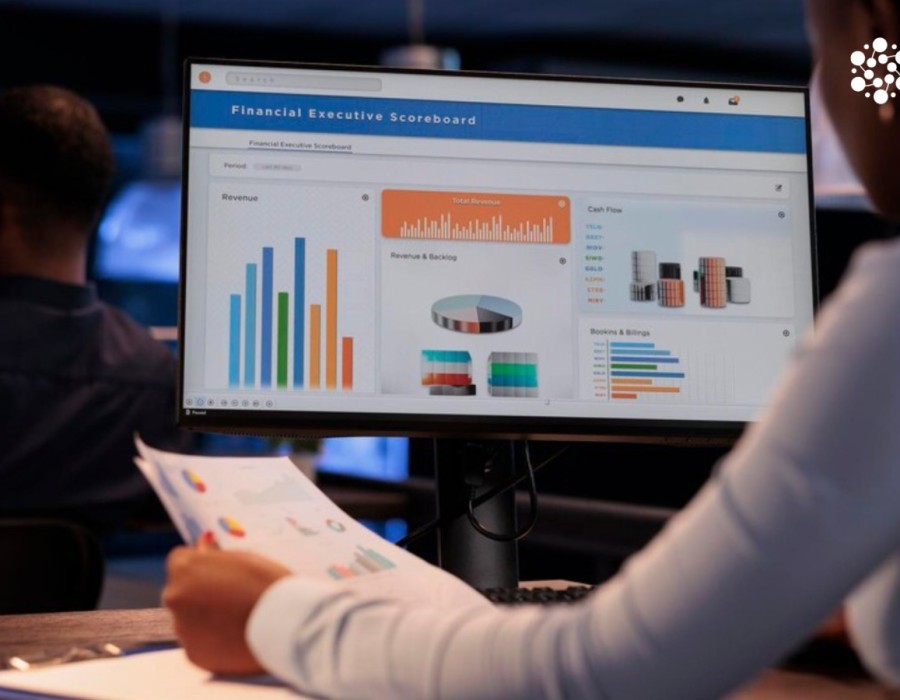As global aviation looks to decarbonize, Sustainable Aviation Fuel (SAF) has emerged as the most viable path forward. Valued at USD 2.3 billion in 2024, the SAF market is projected to grow at a CAGR of 18.5%, reaching unprecedented levels by 2033. This transition is being fueled by regulatory pressure, net-zero commitments, and growing consumer demand for greener air travel.
🌱 What Is Sustainable Aviation Fuel?
SAF is a drop-in alternative to conventional jet fuel, offering up to 80% lower lifecycle carbon emissions. It is produced from renewable feedstocks like waste oils, agricultural residues, municipal solid waste (MSW), and algae, making it a circular solution for aviation decarbonization.
🔬 Key Technologies Powering SAF Production
Hydroprocessed Esters and Fatty Acids (HEFA) – the most commercially mature pathway.
Fischer-Tropsch (FT) – enables SAF from solid biomass and MSW.
Alcohol-to-Jet (AtJ) – converts ethanol or isobutanol into jet fuel.
Power-to-Liquid (PtL) – a synthetic route using renewable electricity and captured CO₂.
✈️ Applications Expanding Across Aviation Segments
Commercial Aviation: Airlines like United, Delta, and Lufthansa are integrating SAF into regular routes.
Military Aviation: Defense organizations are testing SAF to cut emissions without compromising performance.
Business & General Aviation: Corporate flyers are seeking low-carbon options to meet ESG goals.
Unmanned Aerial Vehicles (UAVs): SAF is emerging as a cleaner alternative for drone logistics and surveillance missions.
🌍 Regional Market Insights
North America leads SAF adoption, with major refineries and federal incentives under programs like the U.S. Inflation Reduction Act.
Europe follows closely, driven by the EU's ReFuelEU Aviation initiative.
Asia-Pacific is an emerging market with potential due to rising air traffic and growing sustainability mandates.
🏭 Key Players Shaping the SAF Industry
Pioneering companies include:
Neste Corporation – the world’s largest SAF producer
World Energy, Gevo, and LanzaJet – scaling next-gen bio-refineries
TotalEnergies, Shell Aviation, and BP Biofuels – integrating SAF into global supply chains
Boeing Sustainable Aviation Solutions – advancing SAF-compatible aircraft
SkyNRG and Velocys – innovating decentralized production models
📈 Why SAF Is a Market to Watch
According to industry analysts, SAF can meet up to 65% of aviation’s fuel demand by 2050 if scalability, cost competitiveness, and regulatory support align. With multiple stakeholders—from airlines to oil majors and aircraft manufacturers—investing in SAF infrastructure, the market is on track for exponential growth.
🔮 Final Thoughts
Sustainable Aviation Fuel is not just an alternative—it’s the future of flight. As regulatory frameworks tighten and climate goals intensify, SAF offers a realistic, scalable, and impactful way to decarbonize the skies.





Comments